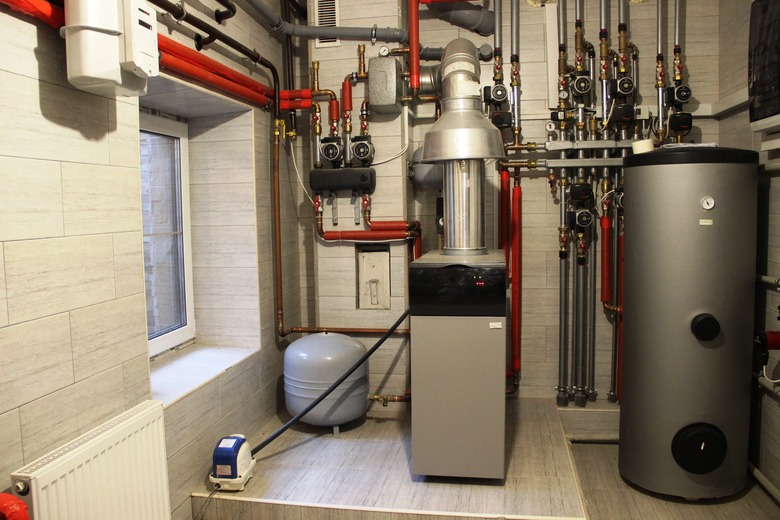How To Troubleshoot A Burnham Steam Boiler
We may receive a commission on purchases made from links.
Burnham has been a prominent name in the heating industry for well over 100 years. But steam heat was around well before this century-old technology. Knowledge of these old systems has gone to the wayside as technology has evolved away from this great source of heat, and technicians struggle to understand it.
Many homeowners find it difficult to maintain or troubleshoot a Burnham steam boiler when it is actually simple to understand. Many have converted old steam systems to a more efficient source of heat only to find that it was a mistake. Some may have had their old steam boiler replaced with a new Burnham steam boiler, but the installers failed to understand the basics of steam heating.
Importance of a Boiler Check
Importance of a Boiler Check
A steam system is exactly that: a system. Just as the heart in your body is important to your life, a steam boiler is the heart of the system. If you are having issues with your arteries clogging, then your heart works harder. The same happens with a boiler no matter how new the boiler is. So maintaining the good health of your steam system with boiler checks and good maintenance can be compared to seeing a doctor annually while maintaining healthy habits for your body.
Check the Float Switch
Check the Float Switch
The float switch on the side of the boiler, also known as the low water cutoff, sometimes gets stuck. The older float-style low-water cutoffs need to be drained at least monthly to prevent buildup in and around the float assembly. To do this, you use a valve to drain any mud like debris from the bottom of the float assembly. If no water comes out, a careful tap to the assembly can loosen some debris and dislodge the float inside. Drain until clear water comes out.
Newer steam boilers use electronic low-water cutoffs. These are switches that use a low voltage and the water as a conductor to make or break a switch. These low-water cutoffs have an LED light that indicates whether the water level is good. These need to be cleaned during annual maintenance. Refer to the manual for your specific boiler for proper maintenance.
Check the Water Level
Check the Water Level
Locate the water level sight gauge on the side of the steam boiler. The water level in the gauge will determine the level of water in the boiler. If the water is too low, the low-water cutoff will trip, and the boiler will not turn on even when the thermostat calls for heat. Consult your Burnham steam boiler manual for the appropriate level. If you do not have a manual, check the sight glass. If it's less than 1/4 full of water, the level is probably too low. After making sure the boiler is off and is cool, add water to the appropriate level.
Raise the Thermostat Temperature
Raise the Thermostat Temperature
Turn the thermostat as high as it will go and go back to the boiler system. The boiler heat exchanger should be heating up, and there should be flames coming from the burner assembly. If they are, return your thermostat to the desired temperature and reinstall the cover. If the boiler is running, then the heart of your steam system is pumping. If you are still having heating issues, then your boiler is not the problem.
What if the Room Is Still Not Heating?
What if the Room Is Still Not Heating?
Since the boiler is the heart of a steam system, make sure that the steam pressures are not set too high (less than 2 psi). Fun fact: The Empire State Building runs on as little as 1 1/2 psi to 3 psi of steam. Too much pressure will create more problems than cures. Next, check the vents on the radiators and main steam piping and venting as necessary. Check to make sure all radiator valves are open. If these appear to be functioning as designed, then a call to a pro familiar with steam systems may be necessary.
